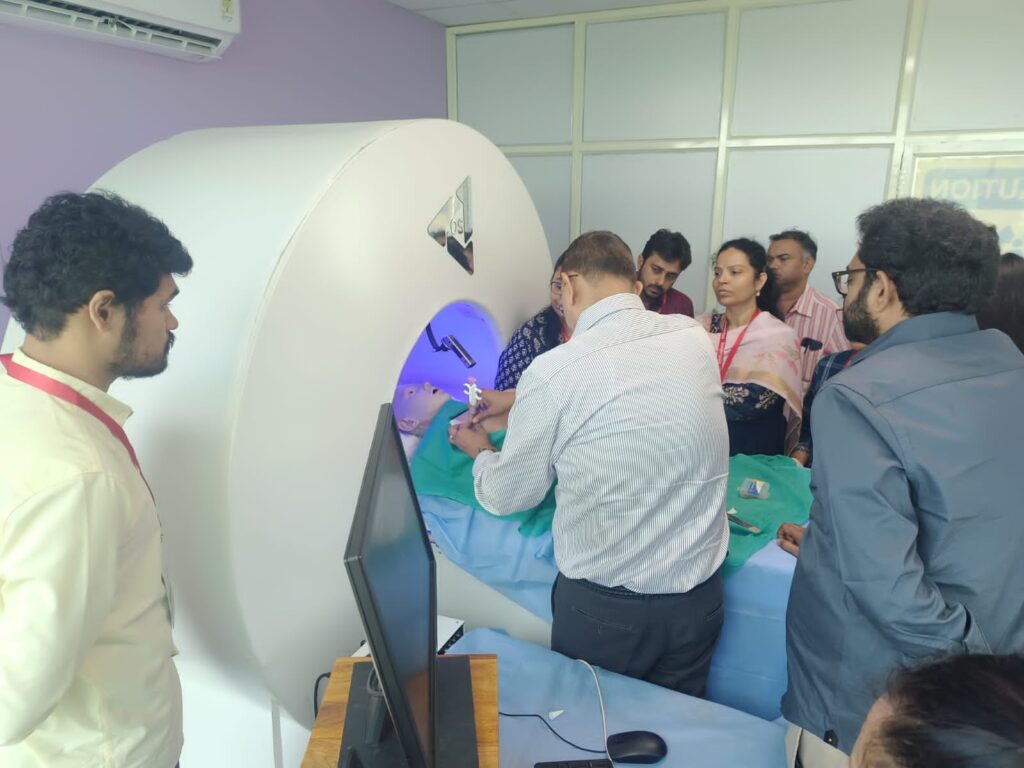When every second counts, precision in medical imaging can mean the difference between life and death. In emergency rooms across the world, CT imaging plays a vital role in quickly diagnosing strokes, internal bleeding, or traumatic injuries. But what prepares radiographers to perform under such intense pressure? The answer lies in CT simulation radiation-free training, a growing innovation that is transforming simulation healthcare and saving lives before a patient even arrives.
Let’s explore how CT simulators and advanced AI simulation are equipping healthcare professionals with the real-world skills to act fast, diagnose accurately, and save lives during emergencies.
Emergency Ready: What Happens Before the Patient Arrives
In an emergency, radiographers don’t get second chances. They must know exactly how to position a patient, select the right scan protocols, and deliver usable images to doctors—all within minutes. That level of preparedness doesn’t come from theory alone.
Through simulation experiments in high-fidelity CT simulators, radiography students practice everything from patient communication to decision-making under pressure. These simulations mirror emergency cases, helping trainees become instinctively fast and accurate in real crises.
No Radiation, No Risk CT Simulation—Just Real Skills
One of the biggest barriers in hands-on CT training is the risk of radiation exposure. But with the rise of radiation-free CT simulators, like those developed by OneSimulation, this challenge is history.
These next-gen AI-based radiation-free CT simulators mimic full CT scanning workflows, allowing students to practice on mannequins without the dangers of CT simulation radiation. Learners can safely master protocols for trauma, stroke, or abdominal emergencies—critical skills for real-life ER situations.
For medical institutions, especially in developing countries, this technology offers a safe, cost-effective way to build life-saving expertise.
When Every Click Counts: Simulating Life-or-Death Decisions
Radiology simulators do more than teach how to use a machine. They sharpen clinical thinking. With embedded AI simulation, users face realistic emergency scenarios—patients with head trauma, chest pain, or signs of internal bleeding. They must choose scan angles, set exposure, and interpret images fast.
These simulation experiments build reflexes and reduce hesitation, so when the stakes are real, radiographers perform with confidence.

Why CT Simulation Healthcare Is the Future of Emergency Medicine
Simulation healthcare isn’t just about training—it’s about transformation. It creates an ecosystem where future professionals don’t just understand procedures; they live them. This is especially vital in CT healthcare, where timing, clarity, and technique directly impact outcomes.
In India, where access to costly imaging machines can be limited for students, the Role of Radiation-Free CT Simulator in India is becoming essential. By using tools like OneSimulation’s platform, institutions can provide world-class training without risking patient safety or equipment strain.
From Classroom Confidence to Crisis Control
The Future of CT Education in Radiographer training lies in hyper-realistic, hands-on practice. Gone are the days of passive observation—today’s learners need to do before they diagnose.
Simulation-based training enables them to confidently transition from classroom learning to handling real emergencies. Whether in urban hospitals or rural diagnostic centres, these professionals become crisis-ready from day one.
Conclusion
The power of CT simulation lies not just in better education—but in better emergency response. By enabling safe, smart, and scalable learning, platforms like One Simulation are shaping a generation of radiographers who are ready to act when it matters most.In a world where every scan could save a life, training with a radiation-free CT simulator isn’t just a good idea—it’s a life-saving investment.
